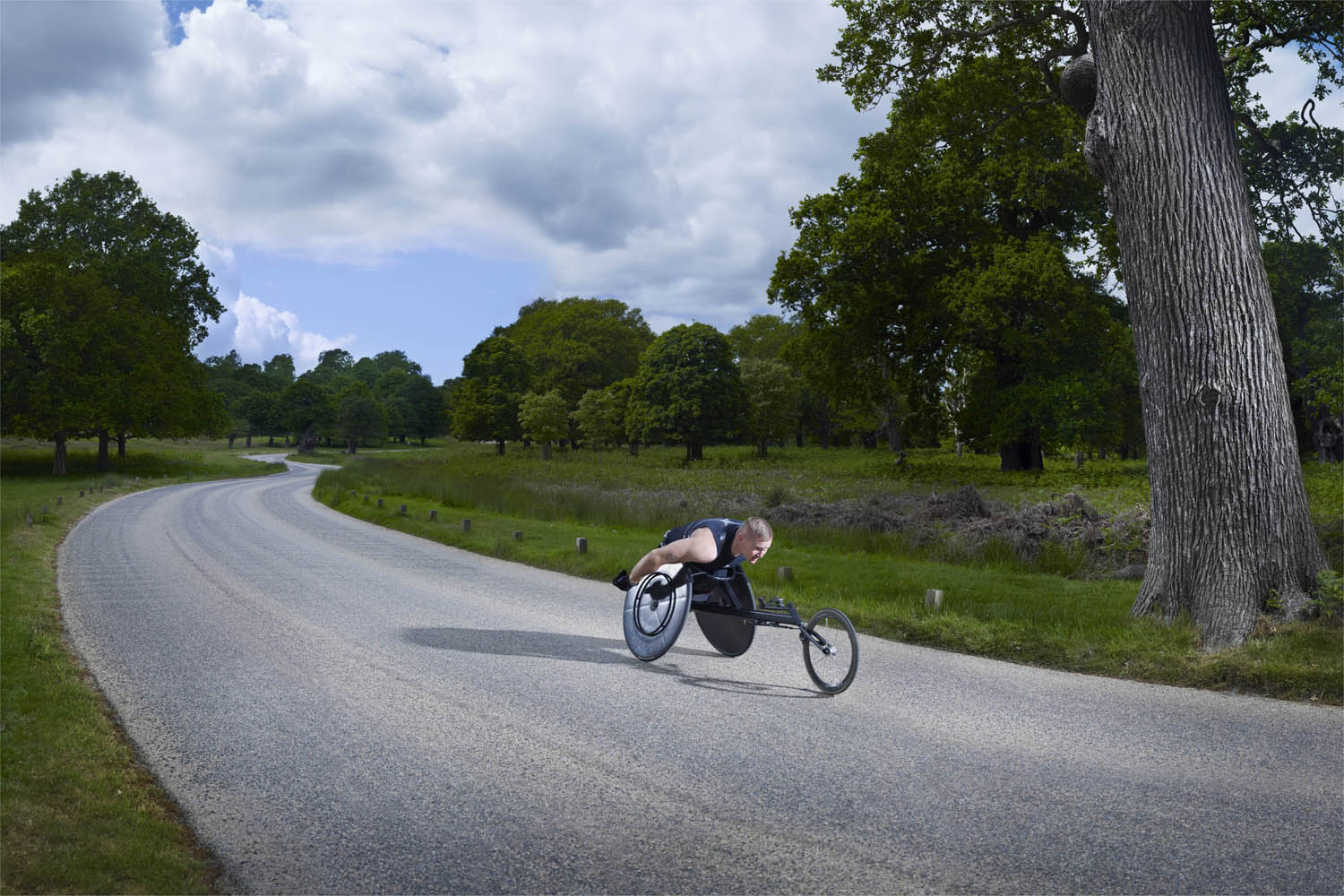
Like the athletes he photographs, Finlay MacKay will go to any length to get the result he wants. Boat too unstable to get a shot of the two-man crew team practicing up-river? The Scotsman jumps into the freezing water with a $60,000 camera to get the right angle. Dead calm on the day he’s slated to shoot a sailing crew? MacKay talks the team into wearing wetsuits and wading in and out of the icy bay instead. Didn’t get the right expression on David Weir’s face? MacKay tries again and gets cursed at by the paralympian’s fellow athletes for standing in the middle of their training zone and slowing their times.
MacKay is one of a handful of lensmen commissioned by London’s National Portrait Gallery (NPG) to work on Road to 2012, a three-year project that aims to highlight the journey to next summer’s Olympic Games. The exhibition showcases both the athletes and behind-the-scenes players who are working to make the event a success.
The London-based photographer—who earned the crew coach’s grudging respect and a case of hypothermia—not only captured the physical action, but managed to document the moments of emotional intensity as well. In one sitting, Weir’s coach, Jenny Archer, opened up to MacKay about her mother’s recent death, even as he was pointing the camera intently at her.
The experience of photographing these lesser-known athletes, who train in their backyards and fight for space in local gyms, was markedly different than the pro-athletes MacKay has shot for Nike, Adidas and the New York Times. Of the big names he’s worked with—including Michael Phelps and Usain Bolt—the photographer said, “They’re so well honed, they’re like machines.”
But machines with only 10 minutes, an entourage and a publicist– who has a schedule to keep– tapping her foot. In contrast, with the athletes from the NPG project, MacKay found himself drinking tea around the kitchen table, meeting parents and photographing them over the chatter of kids arriving for their gymnastics class at the local gym. There were all so generous with their time,” says MacKay. “Aaron Cook practiced his tae-kwon-do kick for me over and over.”
The project has evolved from MacKay’s early shots, which paired coach and athlete in the same frame, to simply framing parallel portraits. He coaxed swimmers, boxers and rowers out of their shells to give an unsparing look at the sacrifices these athletes make in pursuit of gold. “It wasn’t just about getting them to do a sport,” says MacKay. “It was also about getting them into a space and landscape, so you get the narrative quotient.”
Finlay MacKay’s last cover story for TIME was on the Arab Spring “The Generation Changing the World.” You can see more of his work here
Road to 2012 is on display at London’s National Portrait Gallery through Sept 25. The series is also online here

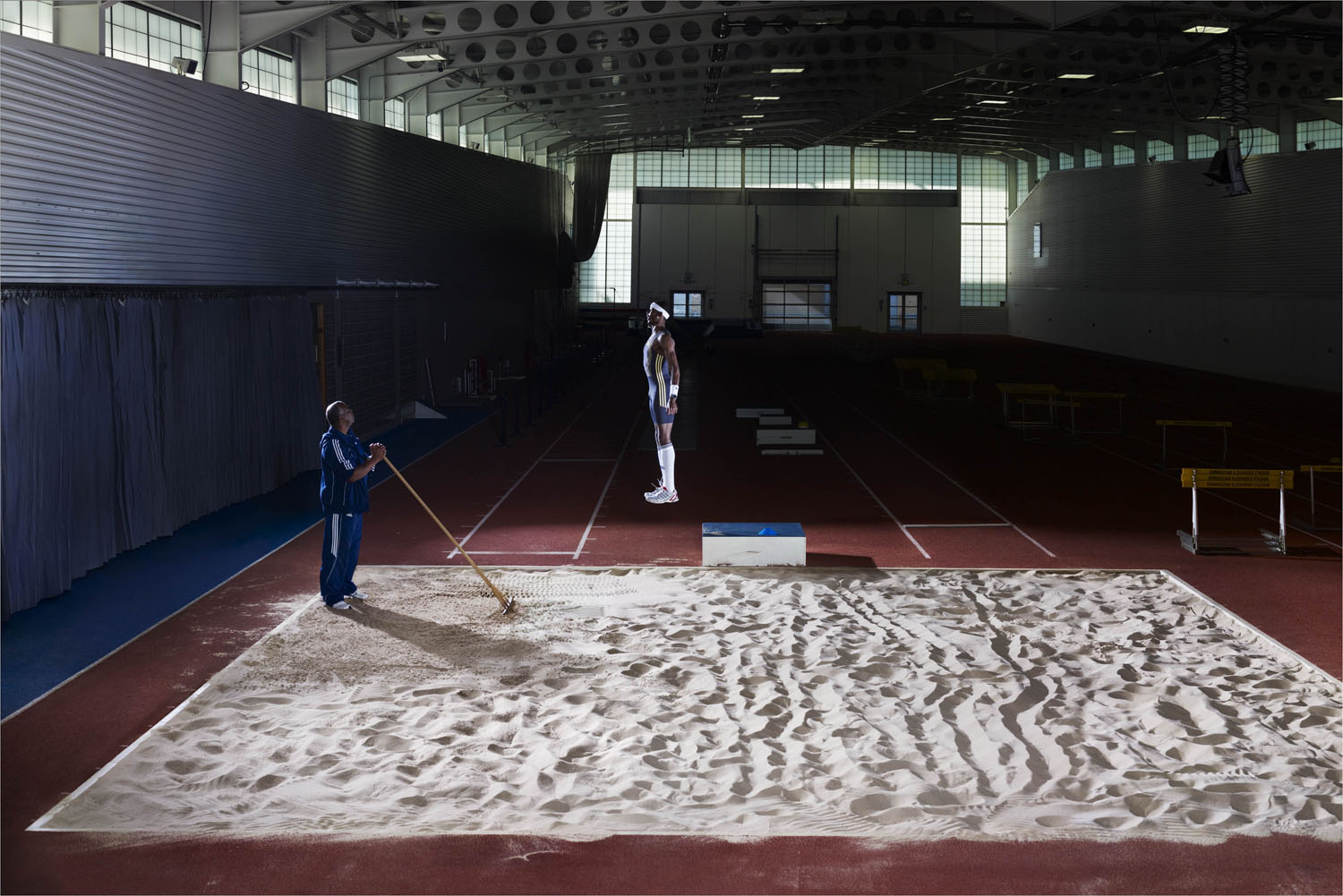
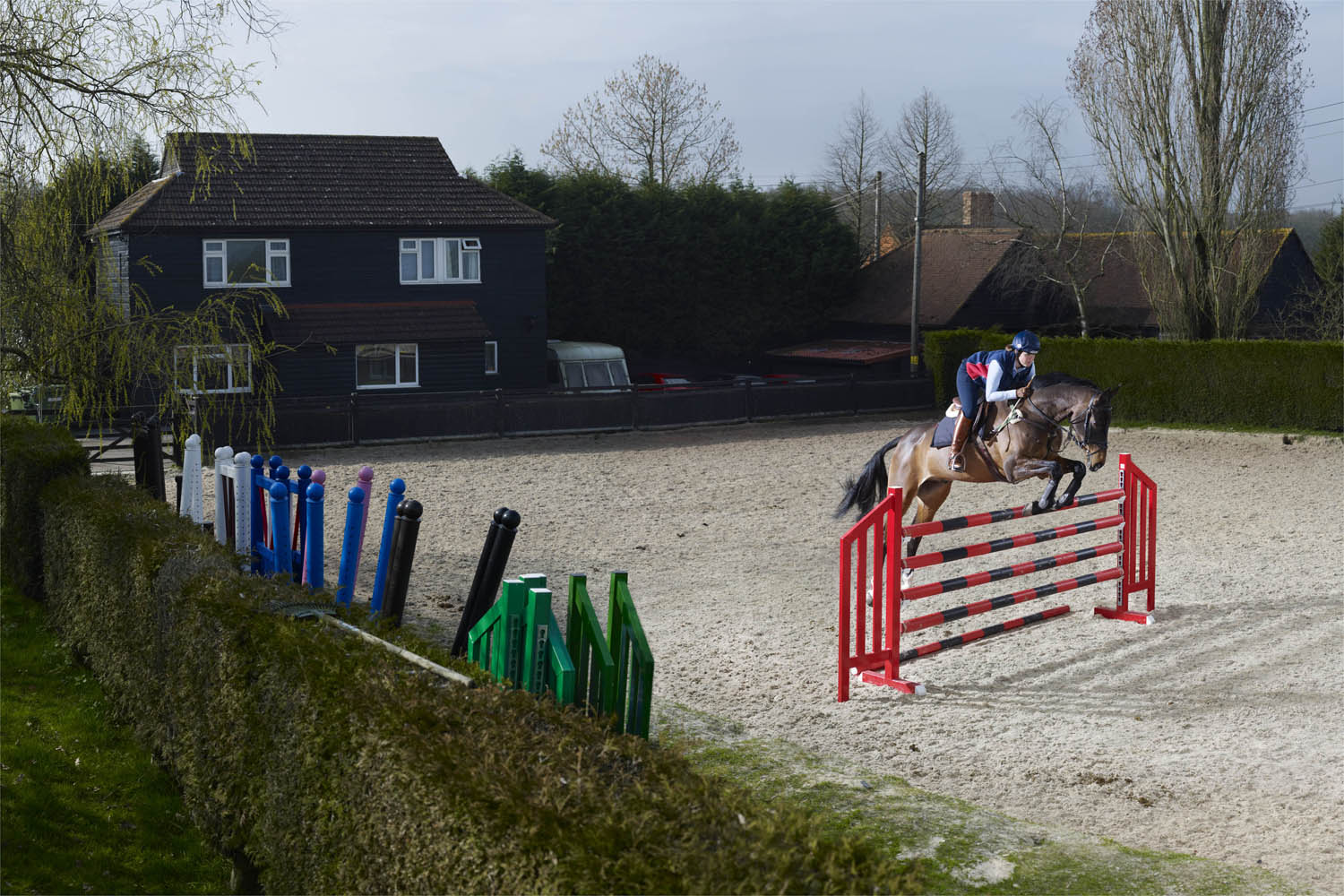

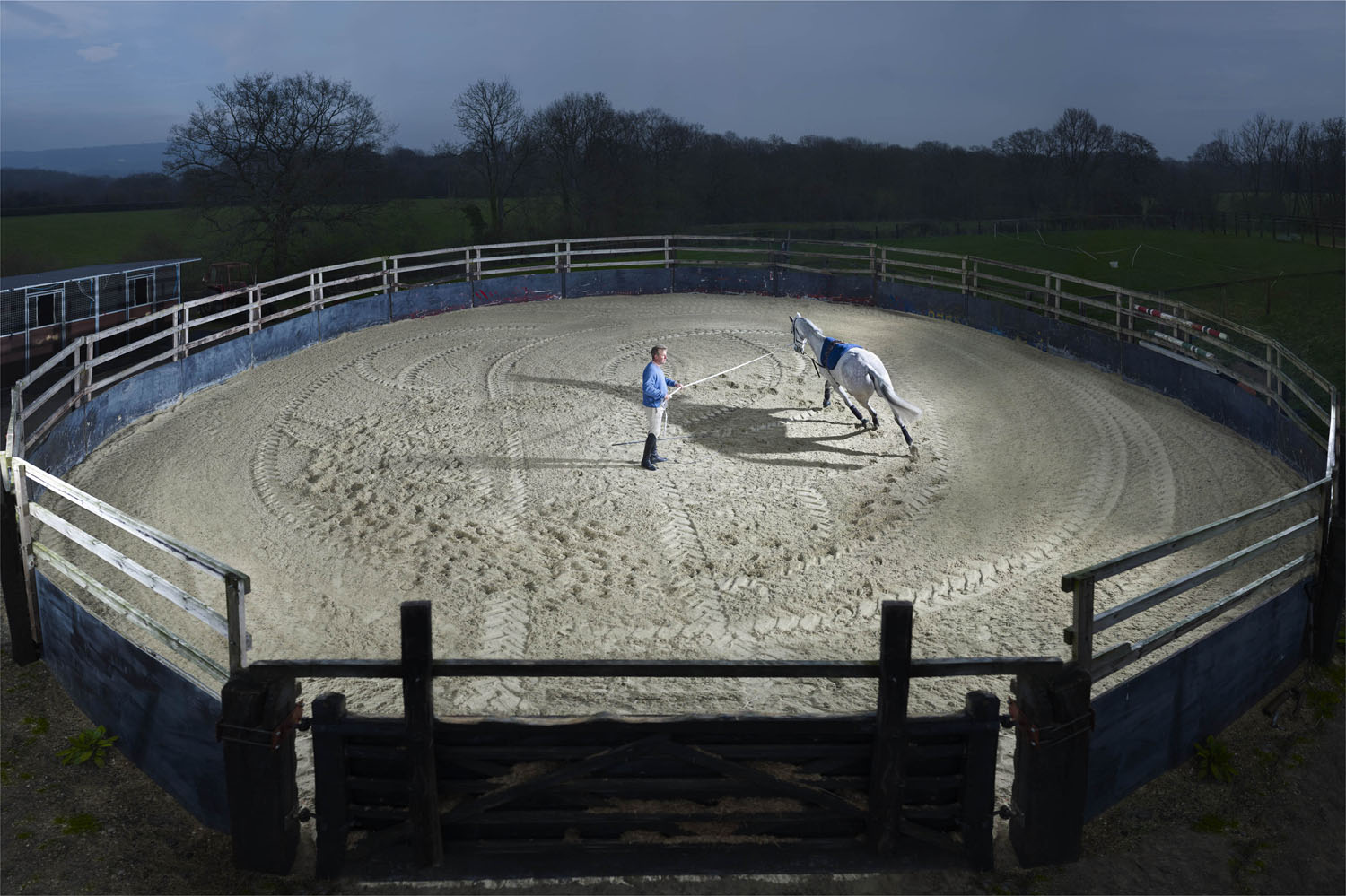


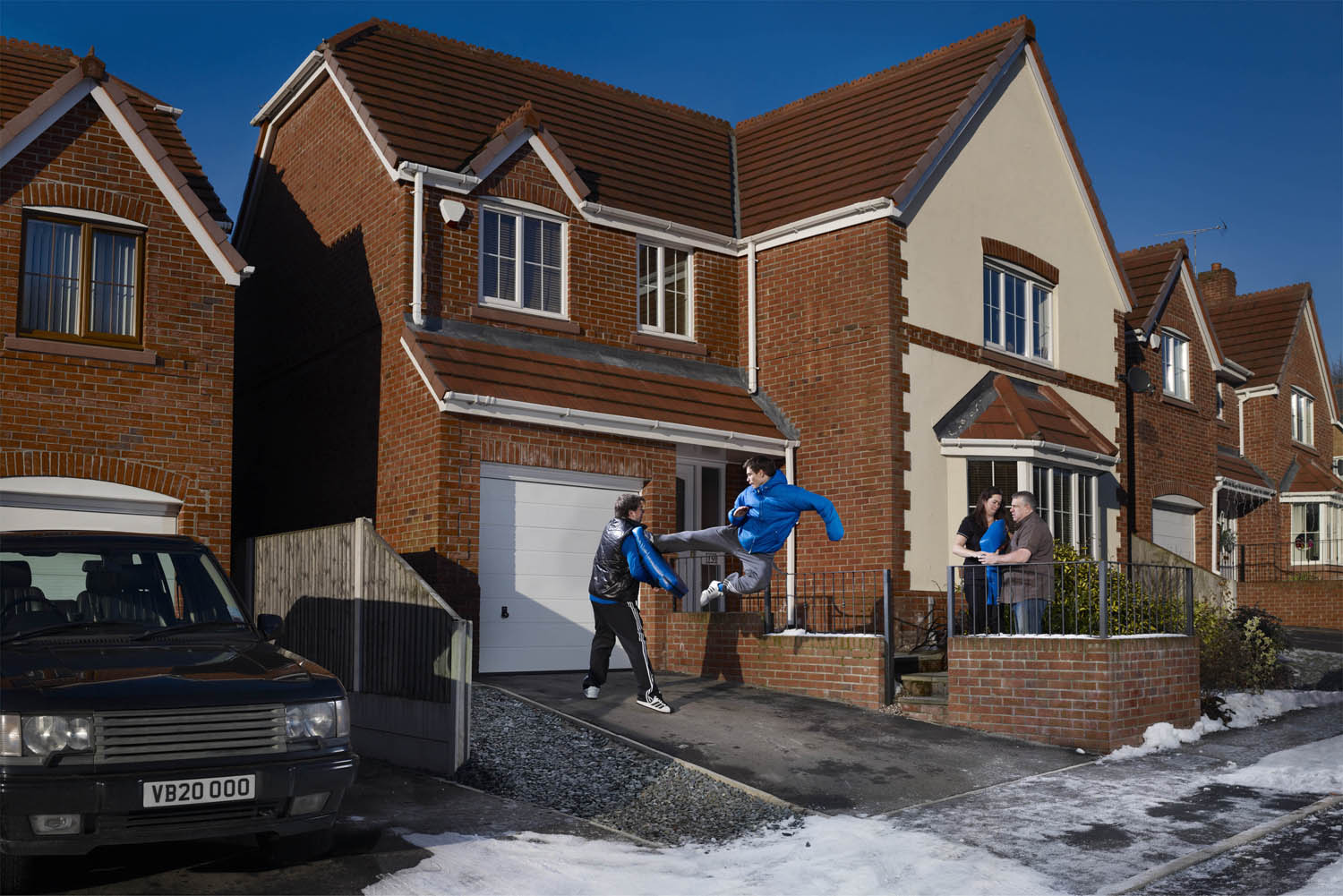

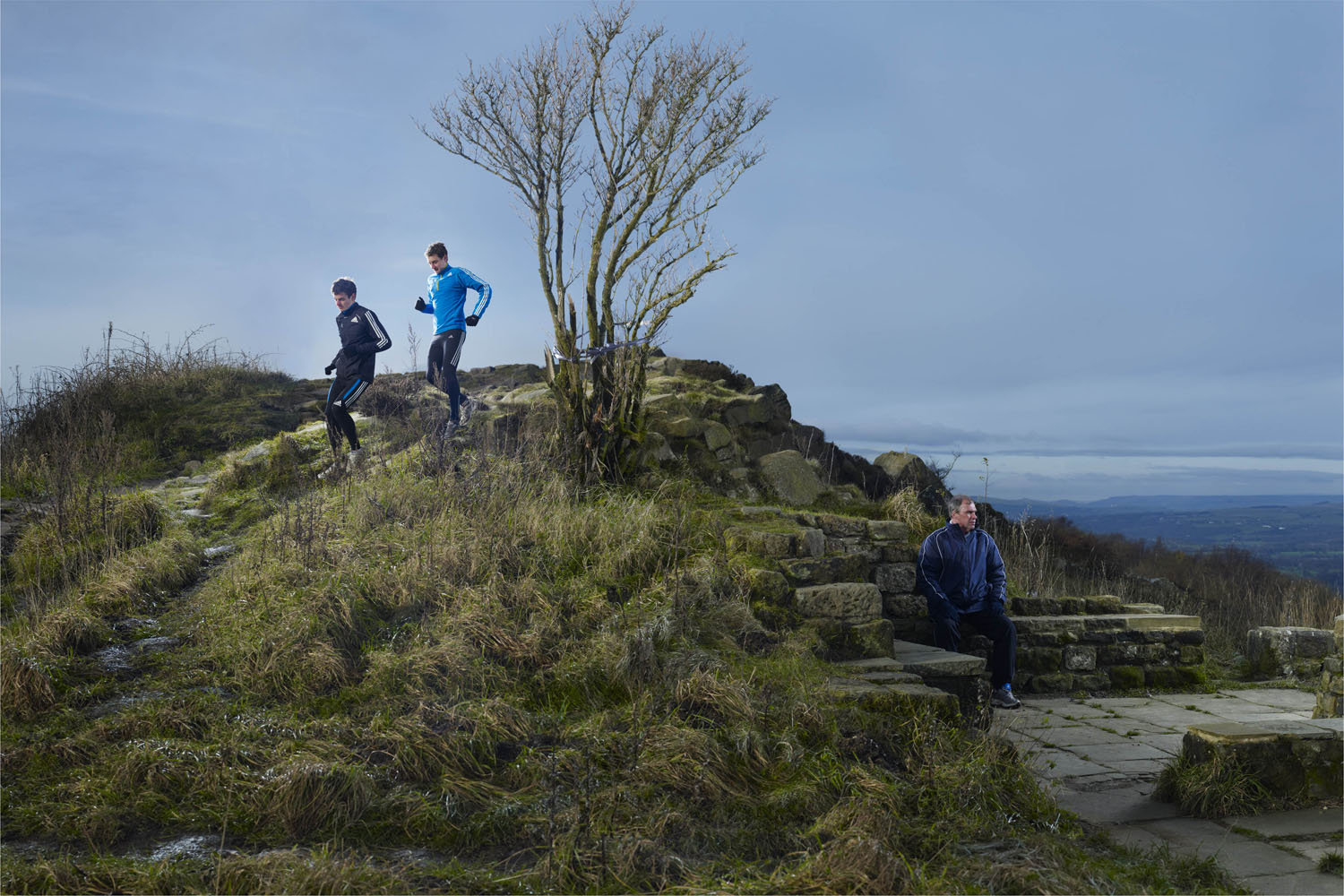
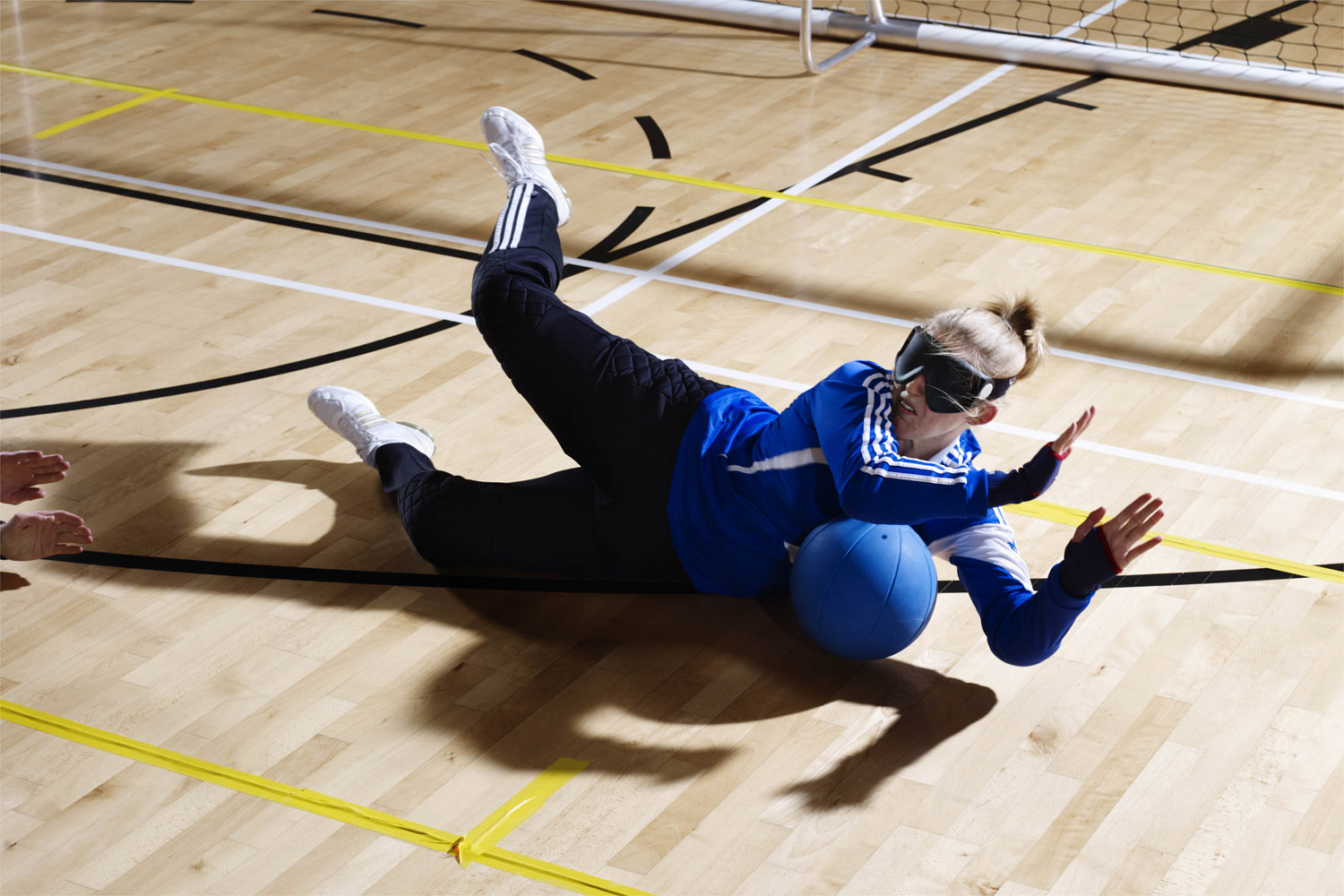
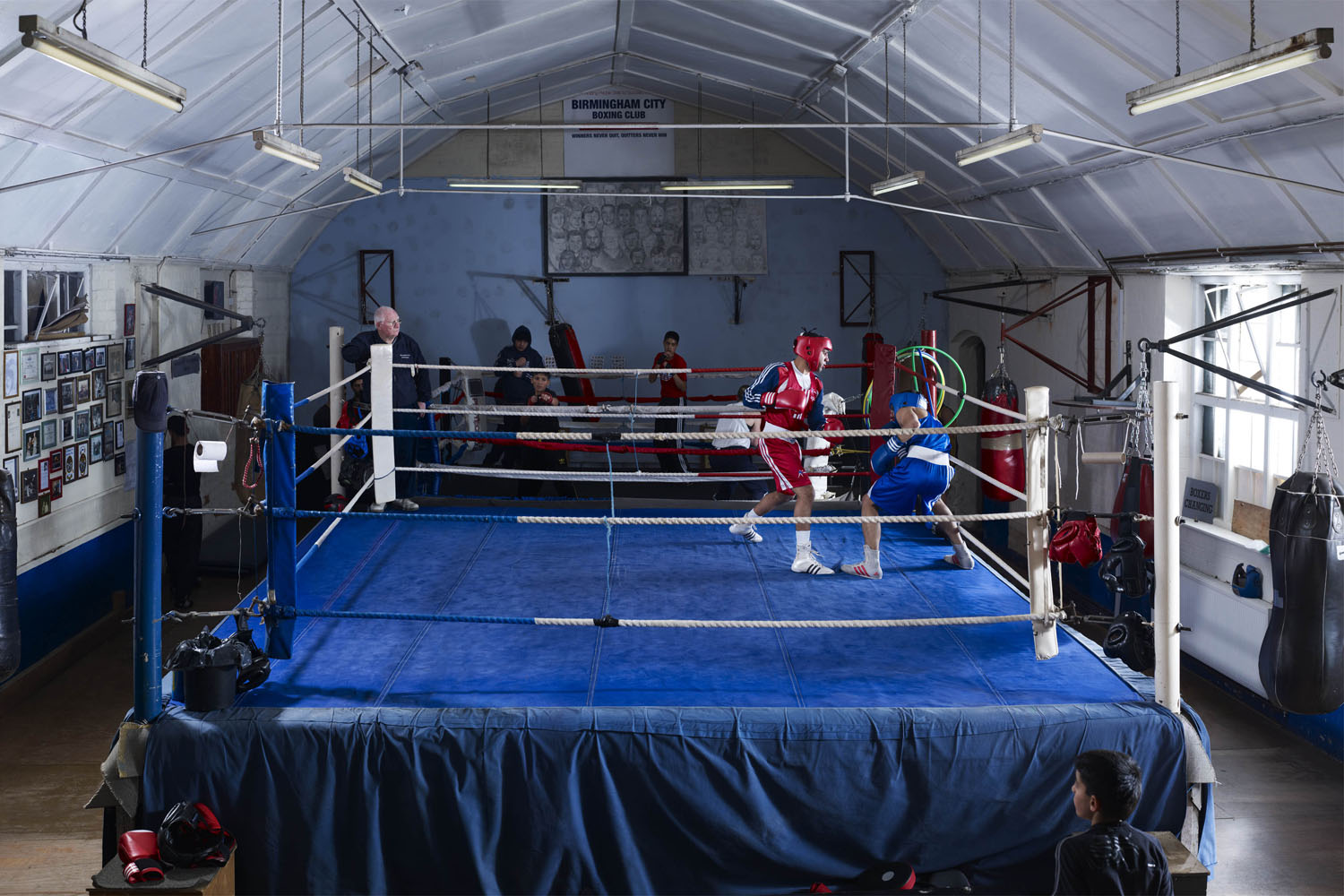
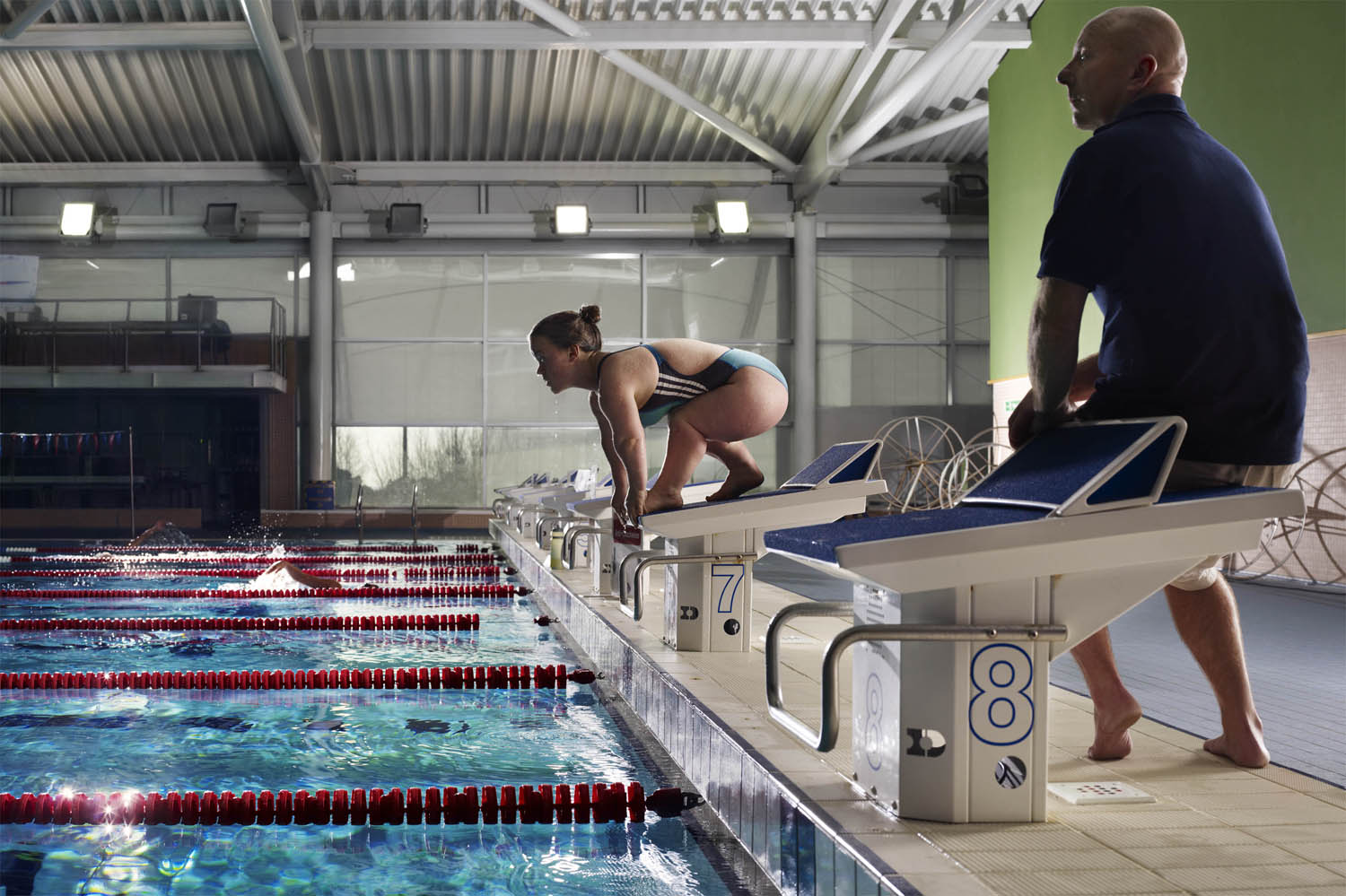
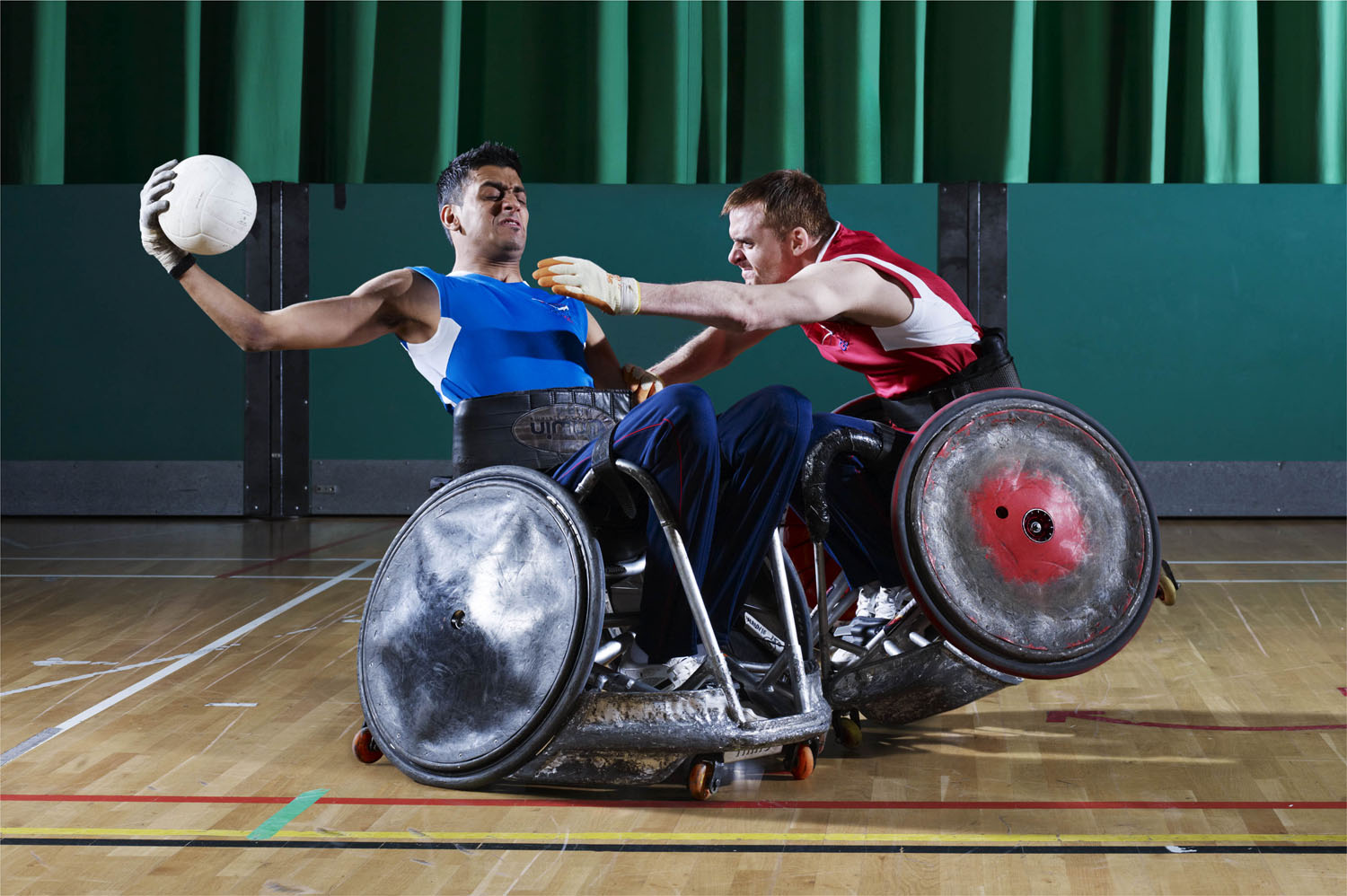
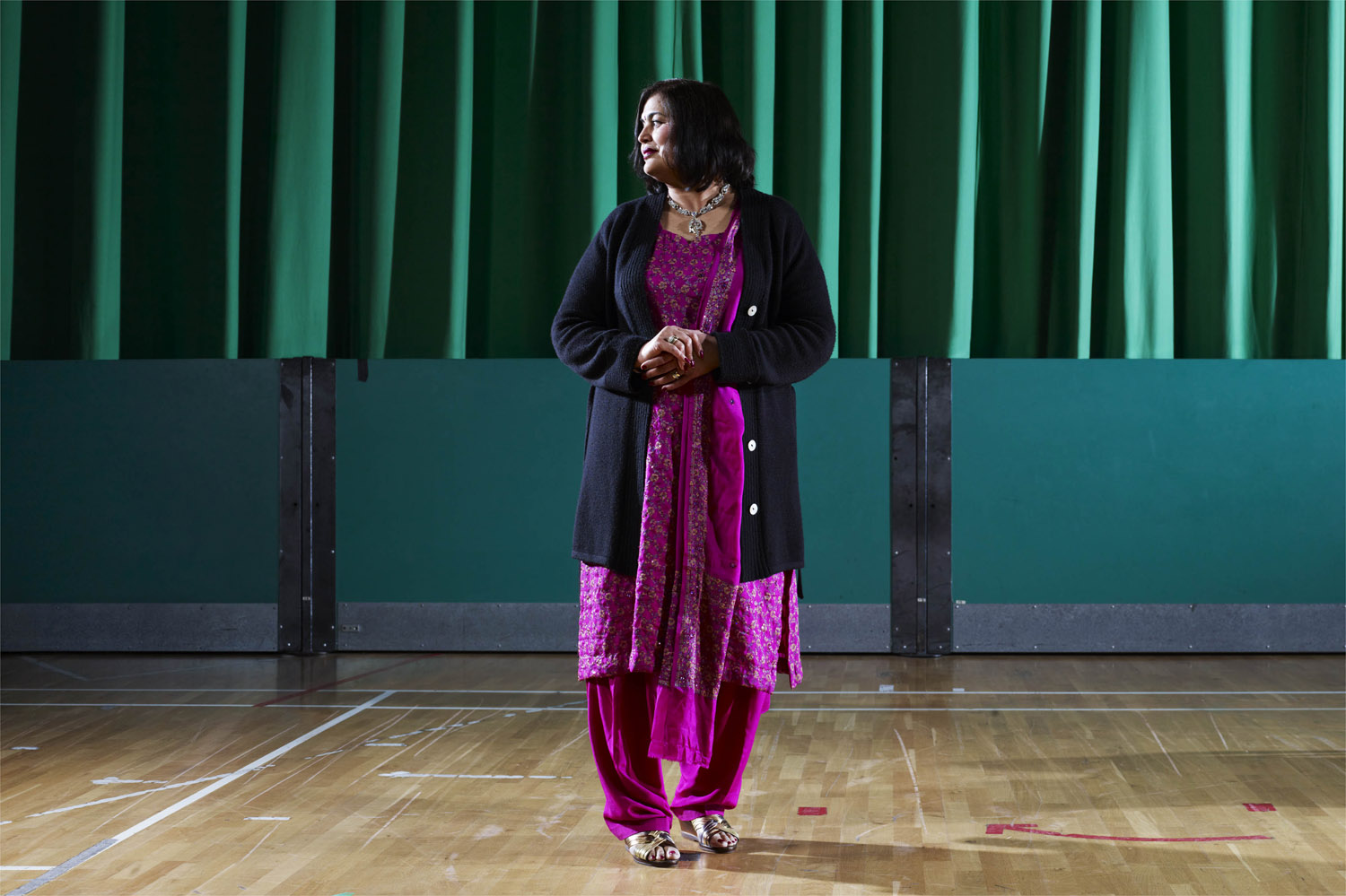
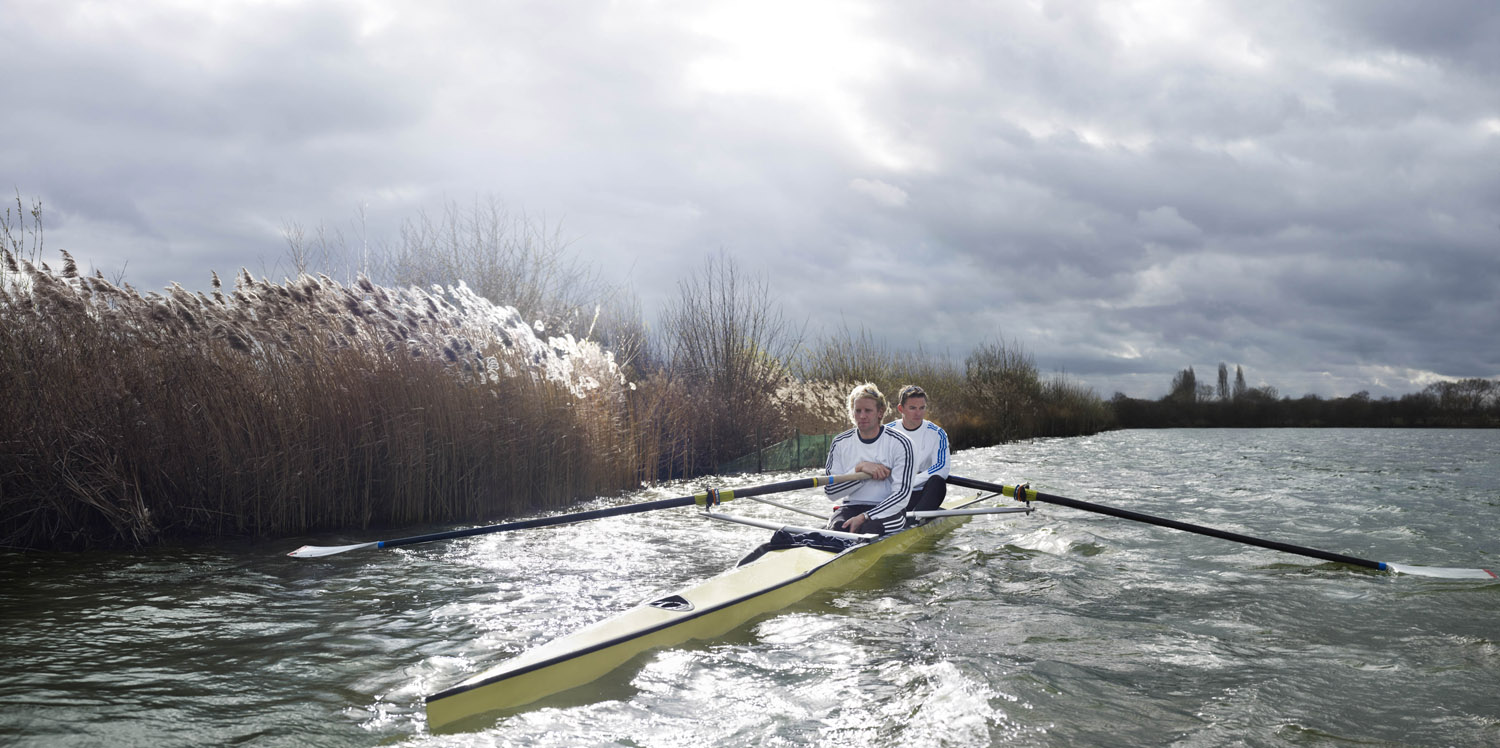
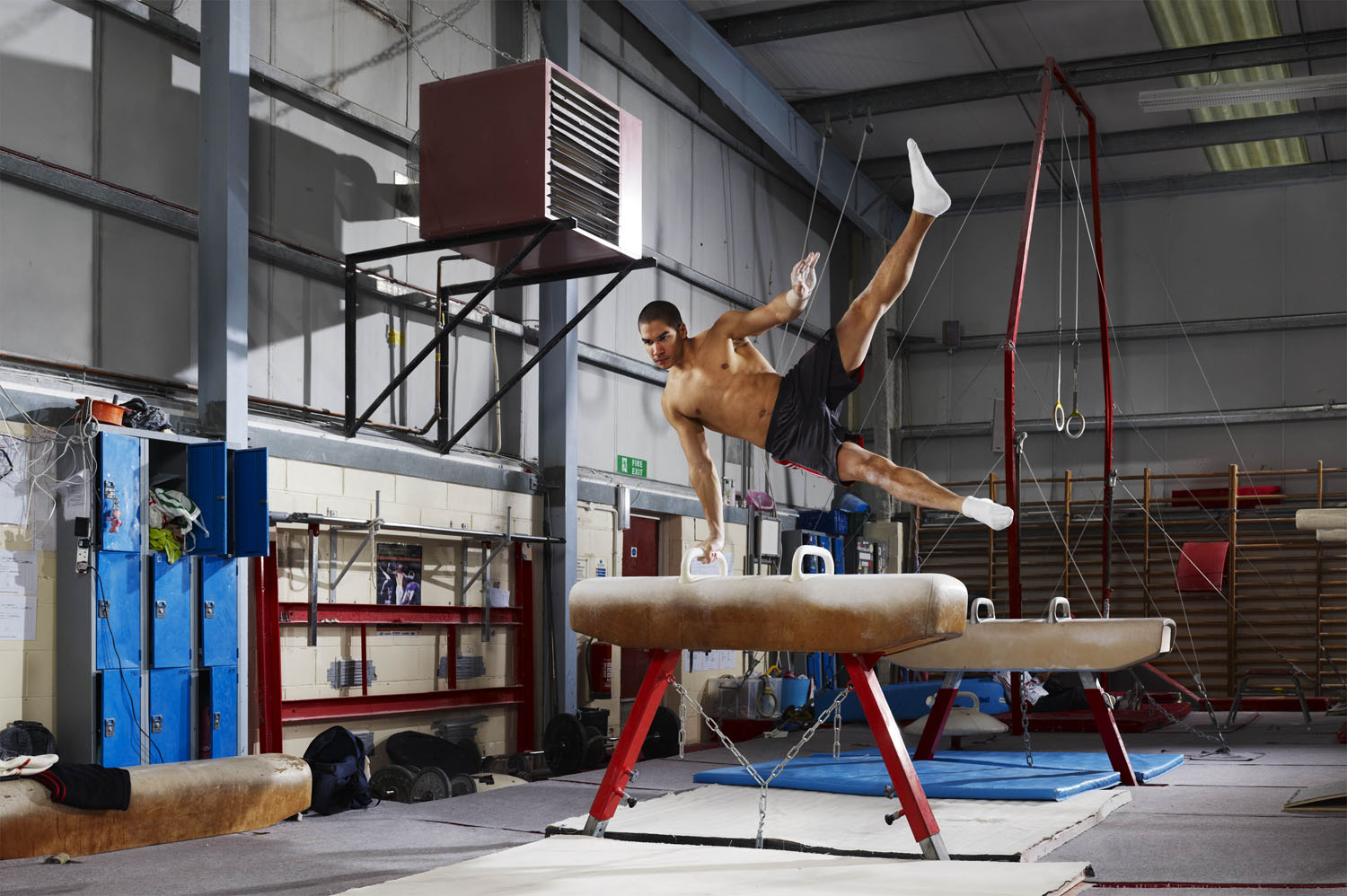
More Must-Reads from TIME
- Donald Trump Is TIME's 2024 Person of the Year
- Why We Chose Trump as Person of the Year
- Is Intermittent Fasting Good or Bad for You?
- The 100 Must-Read Books of 2024
- The 20 Best Christmas TV Episodes
- Column: If Optimism Feels Ridiculous Now, Try Hope
- The Future of Climate Action Is Trade Policy
- Merle Bombardieri Is Helping People Make the Baby Decision
Contact us at letters@time.com